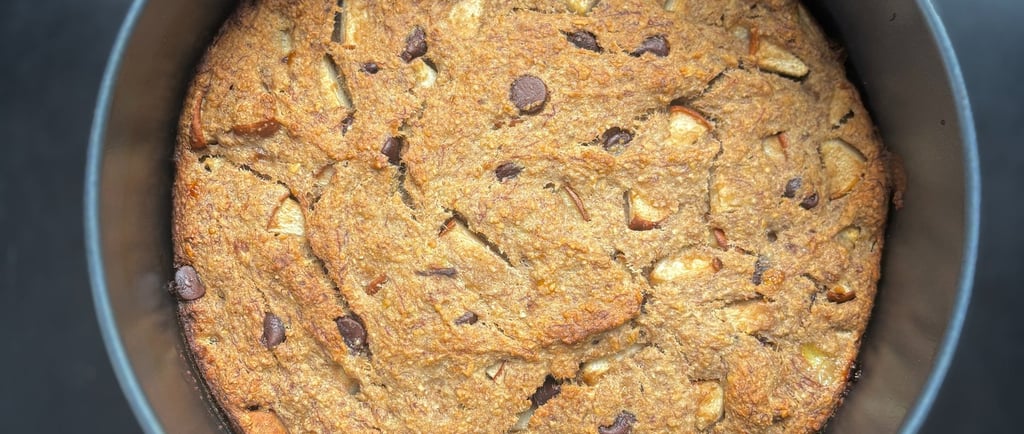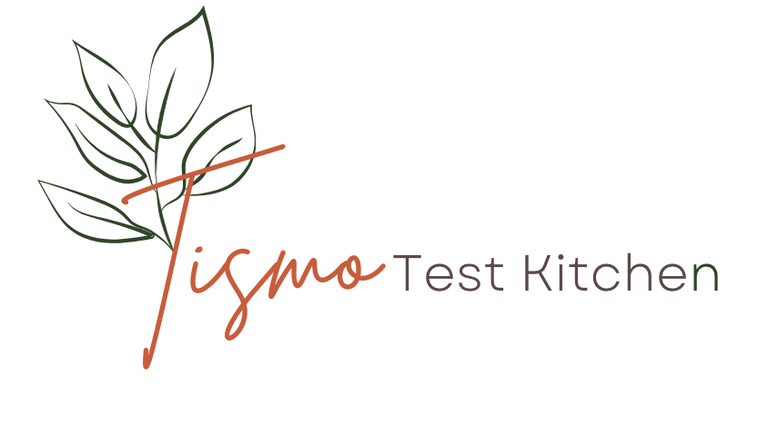Delicious Spiced Pear Banana Bread with Chocolate Chips
11/10/20252 min read


Not Everything Pumpkin Spice
I'm having a spice moment. Though pumpkin spice was introduced to me so much later in life that it never really got that much of a hold on me. That said, cinnamon is an allround key component in my baking adventures, so maybe I should leave the unnecessary shade - born from a very bad first experience with pumpkin spice latte (but really, why so sweet?).
There’s a special kind of magic that happens in the kitchen when fruit is just on the edge of too soft. In my house, once bananas get too freckled, or any other fruit is holding its shape because of the skin (and a hardworking skin she is!), nobody wants to eat the fruit as is anymore. Including me, skip me with that gooey fruit! However, Tismo Test Kitchen exists partly because I refuse to waste food. And I really, really love saving those “uh-oh” fruit to turn them into something that everybody wants to eat. This pear banana bread is a seasonal twist on the Banana Breakfast Bread. It is spiced, tender, naturally sweet, and honestly one of the best things to bake when you need your house to smell like you’ve got your whole life together.
So whether you got people coming over, looking for a twist on the weekly mealprep or just have wrinkly fruit staring at you - this might be just what you need.
Spiced Pear Banana Bread With Chocolate Chips Recipe
Ingredients:
3 medium ripe bananas
2 tbsp ground flaxseed + 5 tbsp warm water
¼ cup (60 ml) neutral oil or melted coconut oil
¼ cup (60 ml) maple syrup or agave syrup
1 tsp vanilla extract
1½ cups (150 g) oat flour (I usually blend rolled oats into flour, you can swap for whole wheat flour)
½ cup (50 g) whole rolled oats
1 tsp baking powder
½ tsp baking soda
½ tsp salt
3 medium pears, diced
1 tsp cinnamon
½ tsp cardamom
½ tsp nutmeg
A handful of dairy-free chocolate chips
Method:
Preheat your oven to 180°C (350°F) and line a loaf pan with parchment.
Make the flax egg: mix ground flaxseed with warm water. Let sit 5–10 minutes until gel-like.
In a large bowl, mash the bananas.
Add the flax egg, oil, maple syrup, and vanilla. Stir well.
In a separate bowl, combine oat flour, rolled oats, baking powder, baking soda, salt, cinnamon, cardamom, and nutmeg.
Add the dry ingredients to the banana mixture and stir until just combined — don’t overmix.
Fold in the chopped pears and chocolate chips.
Pour into the loaf pan and smooth the top.
(Optional: sprinkle oats or chopped nuts on top.)Bake for 45–55 minutes, or until a toothpick comes out clean.
Let cool 10 minutes in the pan, then transfer to a rack to cool completely.
Since this banana bread is mostly oatmeal and fruit, it makes for a very healthy and filling breakfast or on-to-go snack. Though the chocolate chips, combined with the rich texture that these oat give after baking can really make it feel like a decadent treat.
Happy baking! I am happy you are here :)
Tismo Test Kitchen
Delicious plant-based recipes for modern living.
Contact & Support
Thrive
© 2025. All rights reserved.
